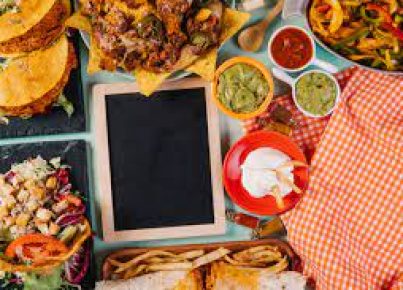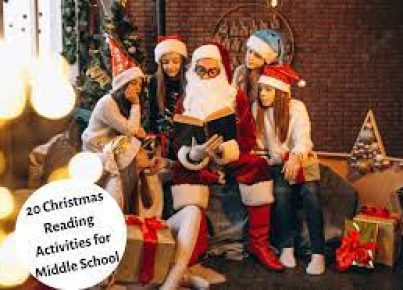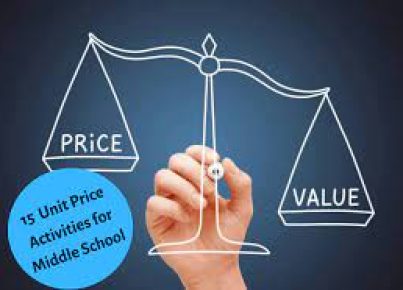1. Cause and Effect Card Matching: In this activity, students are given a set of cause cards and effect cards. They must match each cause with its corresponding effect.
2. Domino Effect Experiment: Demonstrate the domino effect using real dominos or by creating a chain reaction using books, blocks, or other classroom materials.
3. Historical Events Analysis: Students analyze historical events and identify the causes and effects involved in each event.
4. Create Your Own Story: Students write their own stories where they incorporate cause and effect relationships.
5. Cause and Effect Jigsaw Puzzle: Cut a set of cause and effect sentences into separate pieces; students must reassemble the puzzle by linking causes to their correct effects.
6. Environmentally Friendly Decisions: Students analyze different environmental scenarios and discuss the potential consequences of various actions.
7. Chain Reaction Presentations: Students present a chain reaction of events from history or literature to demonstrate cause and effect relationships.
8. Illustrating Cause and Effect: Have students create illustrations or comic strips to depict the cause and effect relationships in a story, science concept, or historical event.
9. “What If…” Scenarios: Students brainstorm alternative outcomes for various scenarios by changing one element of the situation.
10. Film Analysis: Analyze movies for cause and effect relationships by identifying key events that lead to other events occurring later in the plotline.
11. Cause And Effect In Advertising: Discuss advertisements with your class, determining what problems they offer solutions to (causes) and how those solutions will improve consumers’ lives (effects).
12. Connect The Dots Game: Students create their own list of causes and effects; classmates must determine which effects match with certain causes on different lists.
13. Fact or Fiction? Provide students with a mixture of real-world news headlines and fictional ones as well; they must determine if the cause results in that particular effect or if it’s a fabrication.
14. Science Lab Experiments: Design science experiments that involve cause and effect relationships, such as making a volcano erupt or creating a balloon-powered car.
15. Fishbone Diagrams: Teach students to identify root causes of problems using fishbone diagrams, where causes branch out from the main problem like fishbones.
16. Choose-Your-Own-Adventure Story: Create a story with multiple branches, allowing students to decide their own cause-and-effect paths.
17. Cause and Effect with Idioms: Discuss and analyze idioms that depict cause and effect relationships, such as “the straw that broke the camel’s back” or “an eye for an eye.”
18. Habit Building and Breaking: Discuss how habits are formed and broken through cause and effect relationships (positive reinforcement, negative reinforcement, cues, etc.).
19. “Two Truths and a Lie” Game: Students create three cause-and-effect scenarios with two being real and one being false; classmates must determine which is the lie.
20. Rube Goldberg Machines: Have students design their own Rube Goldberg machines to understand how a series of actions can lead to a final effect.
Incorporating these engaging activities into your middle school lessons will not only help students better understand cause and effect relationships but also foster critical thinking skills that will benefit them throughout their educational and professional careers.





